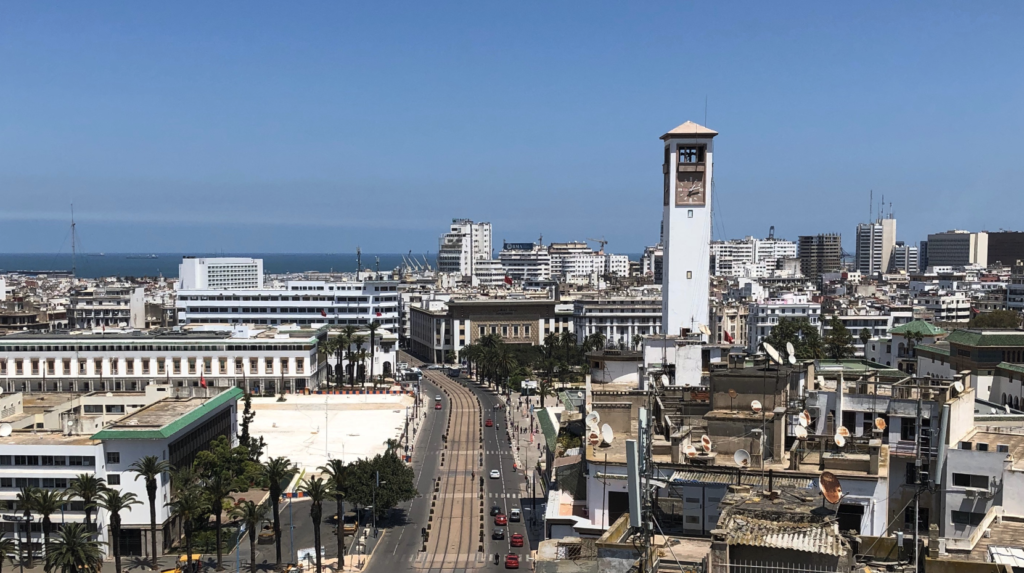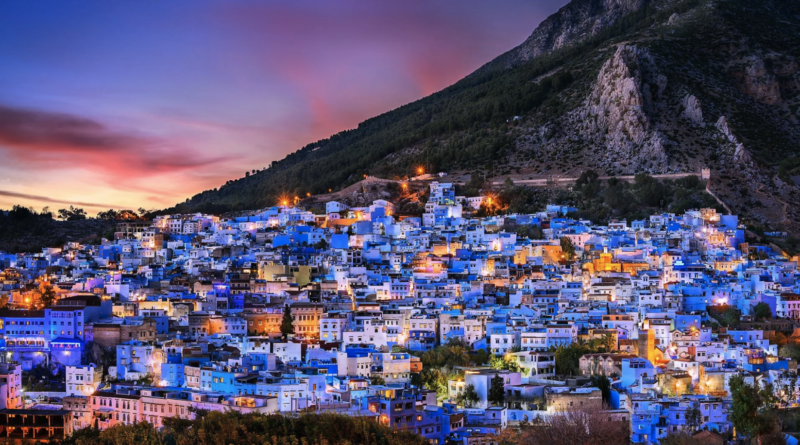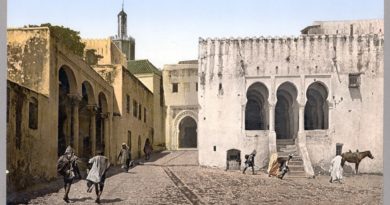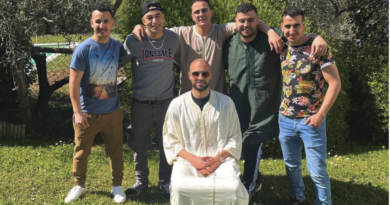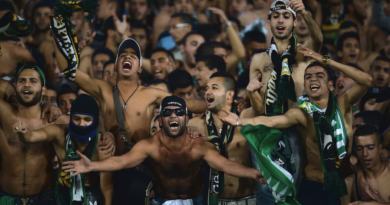Discover the red, blue, and white cities
Morocco is a country that captivates visitors with its rich history, stunning architecture, and vibrant culture. Among its many attractions are the three cities named after colors – the red city of Marrakesh, the white city of Casablanca, and the blue city of Chefchaouen. Each city boasts its own unique character and charm, and together they offer a kaleidoscope of experiences for travelers to discover. In this article, we will take a closer look at these three cities and explore their fascinating histories, distinctive features, and must-see sights. So, let’s dive in and discover the colorful cities of Morocco.
Marrakesh
One of its most iconic cities in Morocco is the Red City, also known as Marrakech. This city is located in the central-western part of Morocco, at the foothills of the Atlas Mountains. Marrakech is a place of contrasts, where ancient traditions and modern life blend in a unique way, making it one of the most popular tourist destinations in the country.
The Red City gets its name from the red sandstone walls that surround it, giving it a distinctive and striking appearance. Marrakech was founded in the 11th century, and its rich history is evident in its architecture, monuments, and traditions. The city has been a center of trade and culture for centuries, attracting visitors from all over the world.
One of the most famous landmarks of Marrakech is the Koutoubia Mosque, a masterpiece of Almohad architecture. The mosque’s minaret is visible from almost every corner of the city and serves as a point of reference for visitors. Another iconic monument is the Bahia Palace, a stunning palace built in the late 19th century that showcases the best of Moroccan craftsmanship and architectural design.
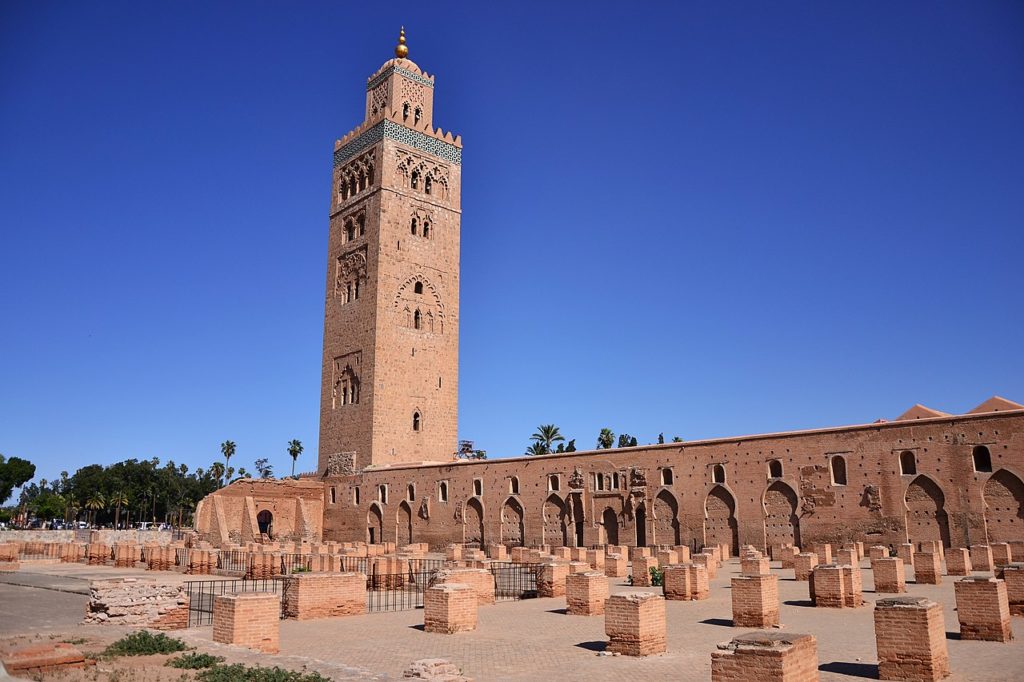
Marrakech is also famous for its bustling souks or markets, where locals and visitors can buy a wide variety of goods, from spices and textiles to ceramics and jewelry. The souks are a feast for the senses, with colorful displays, exotic smells, and the sounds of merchants bargaining with customers.
The city hosts many contemporary landmarks. The most famous of them all is the Majorelle garden formerly owned by French artist Yves Saint-Laurent.
The Red City is not just a place of historical and cultural significance but also a hub for contemporary art and culture. The city hosts several festivals and events throughout the year, such as the Marrakech International Film Festival and the Marrakech Biennale, showcasing the best of Moroccan and international art.
Marrakech is not only a tourist destination but also a vital economic hub for Morocco. The city’s tourism industry has grown significantly over the years, generating jobs and boosting the local economy. The Red City is also home to several industries, such as textiles, leather goods, and handicrafts, that contribute to the country’s export revenue.
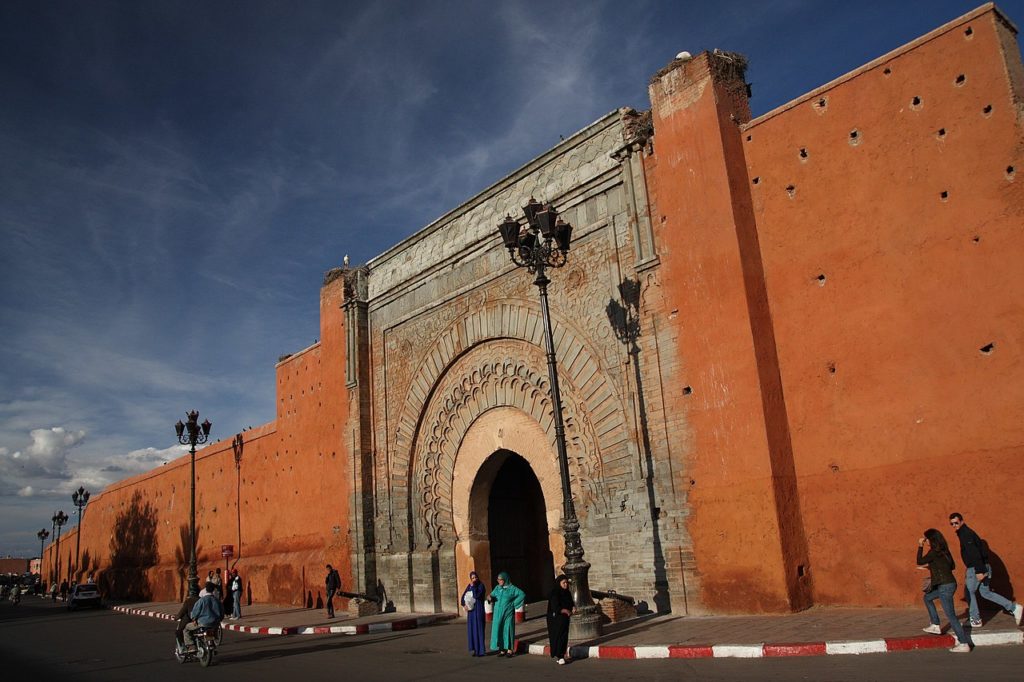
Chefchaouen
The Blue City of Morocco, also known as Chefchaouen, is a breathtakingly beautiful destination that draws tourists from around the world. Situated in the Rif Mountains, Chefchaouen is a small town that is famous for its blue-painted buildings, stunning landscapes, and rich cultural heritage.
Chefchaouen’s blue-painted buildings are one of its most famous attractions. The town’s houses, shops, and streets are all painted in varying shades of blue, creating a surreal and serene atmosphere.
The tradition of painting buildings blue is said to have originated with the town’s Jewish community, who believed that the color blue represented the sky and heaven. Today, the blue buildings are a major part of Chefchaouen’s unique charm and attract thousands of visitors each year.
The town’s stunning landscapes are another draw for tourists. The Rif Mountains offer incredible hiking trails, with breathtaking views of the town and the surrounding countryside. The nearby Talassemtane National Park is also a popular destination, with its stunning waterfalls, lush forests, and abundant wildlife.
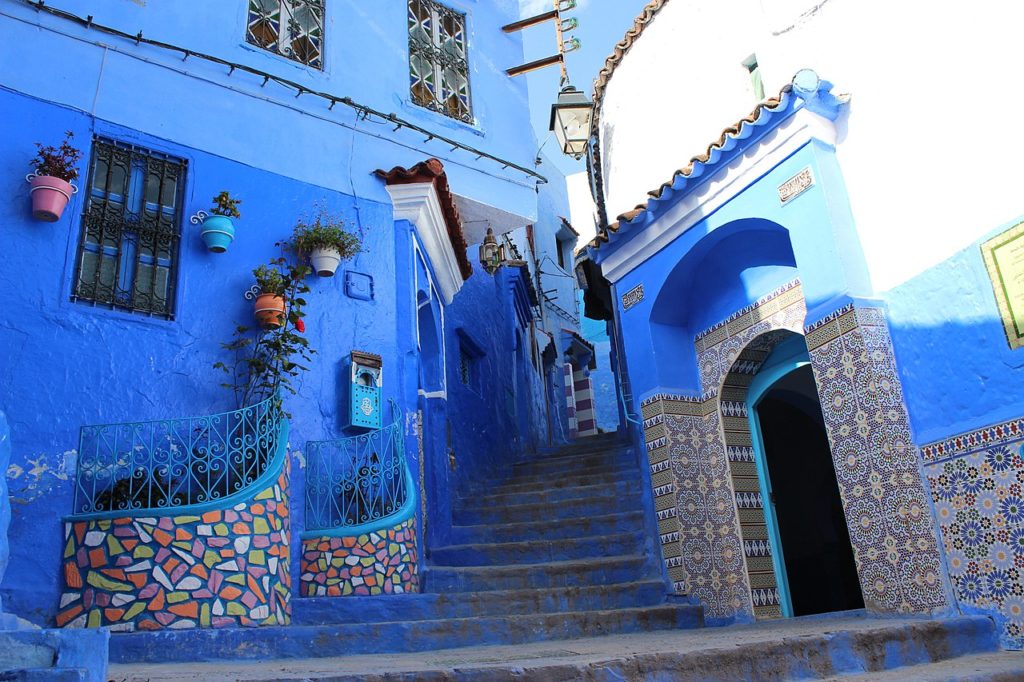
But Chefchaouen is more than just a pretty town. Its rich cultural heritage is evident in its architecture, cuisine, and local customs. The town has a long and fascinating history, having been founded by the Berbers in the 15th century and later becoming an important center of Jewish culture in Morocco.
Today, Chefchaouen is a melting pot of different cultures and traditions, with influences from Berber, Jewish, and Arab cultures.
One of the best ways to experience Chefchaouen’s culture is through its food. The town is famous for its delicious Moroccan cuisine, which includes dishes such as tagine, couscous, and harira. Visitors can also sample local specialties such as pastilla, a sweet and savory pastry filled with chicken, almonds, and spices.
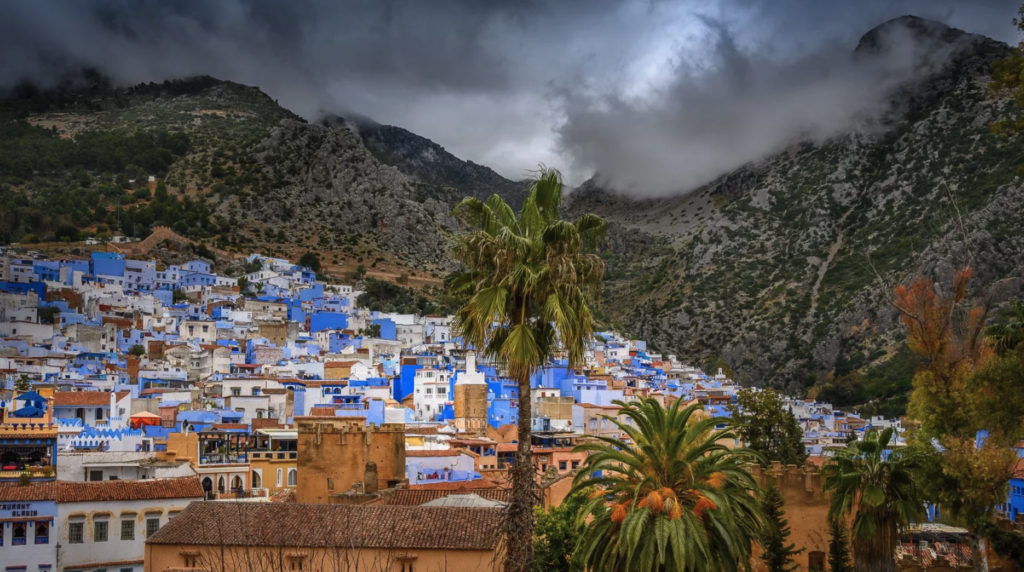
Casablanca
Morocco’s White City, also known as Casablanca, is a vibrant and bustling metropolis that boasts a unique blend of history, culture, and modernity. Situated on the Atlantic coast, Casablanca is Morocco’s largest city and commercial hub, attracting millions of visitors every year.
The city’s name, Casablanca, means “white house” in Spanish, and it is named after the white-washed buildings that can be seen throughout the city. The tradition of painting buildings white began during the French colonial period, as a way of keeping the city cool in the hot summer months. Today, the white buildings are a major part of Casablanca’s identity and have become one of the city’s most recognizable features.
But Casablanca is more than just a pretty face. The city is home to some of Morocco’s most impressive landmarks, including the Hassan II Mosque, one of the largest mosques in the world. This stunning building, which was completed in 1993, features intricate tilework, marble floors, and a 210-meter minaret that is visible from miles around.
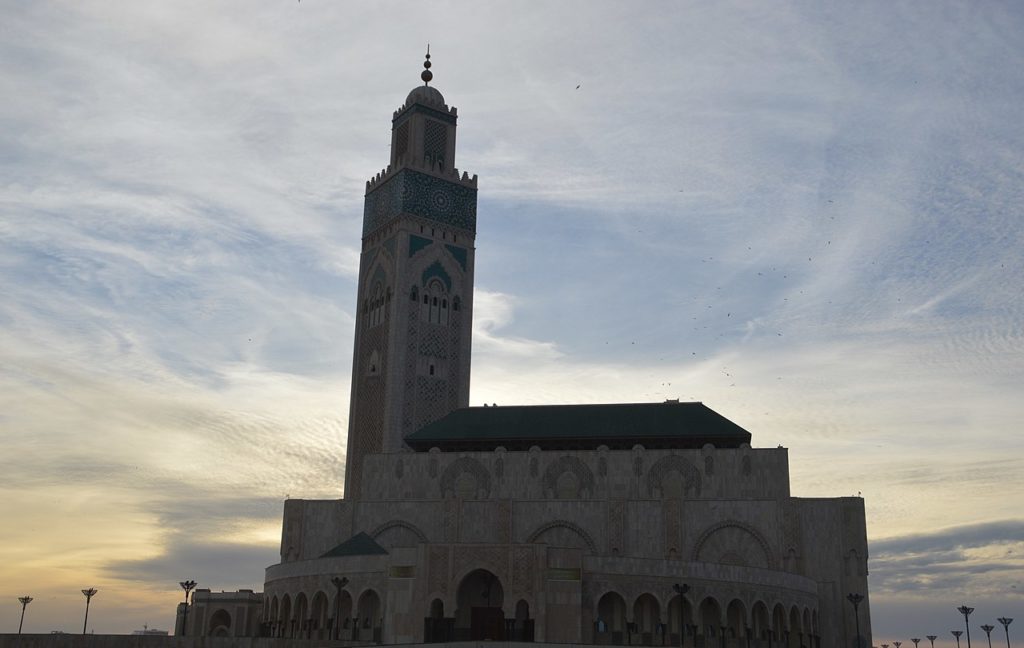
Casablanca is also a hub of commerce and industry, with a thriving port and a bustling financial district. The city is home to many of Morocco’s largest companies and is an important center for trade and business.
Despite its modernity, Casablanca has a rich cultural heritage that is evident in its architecture, cuisine, and local customs. Visitors can explore the city’s historic neighborhoods, such as the medina and the Habous district, which are filled with traditional Moroccan architecture, colorful markets, and bustling street life.
The city is also home to a vibrant arts scene, with many galleries, museums, and cultural events taking place throughout the year. Visitors can experience everything from traditional Moroccan music and dance to contemporary art exhibitions and film festivals.
One of the best ways to experience Casablanca’s culture is through its food. The city is known for its delicious seafood, as well as its traditional Moroccan dishes such as tagine and couscous. Visitors can sample local specialties such as pastilla, a savory pastry filled with meat and spices, or try the city’s famous mint tea.
